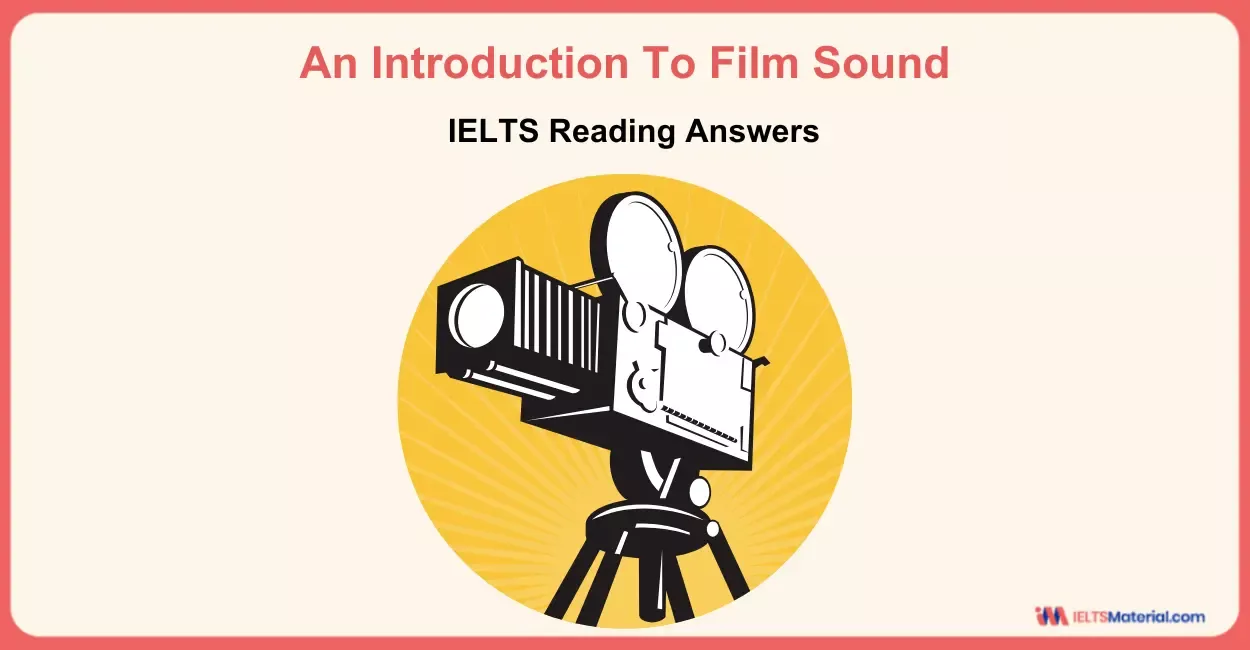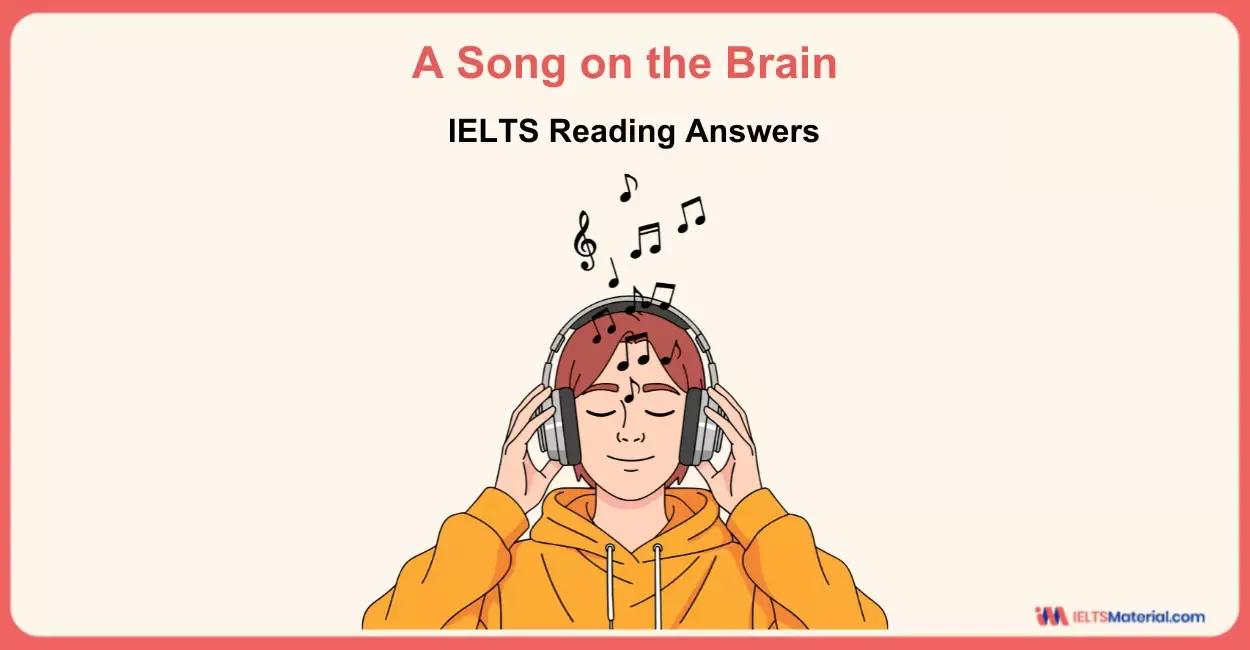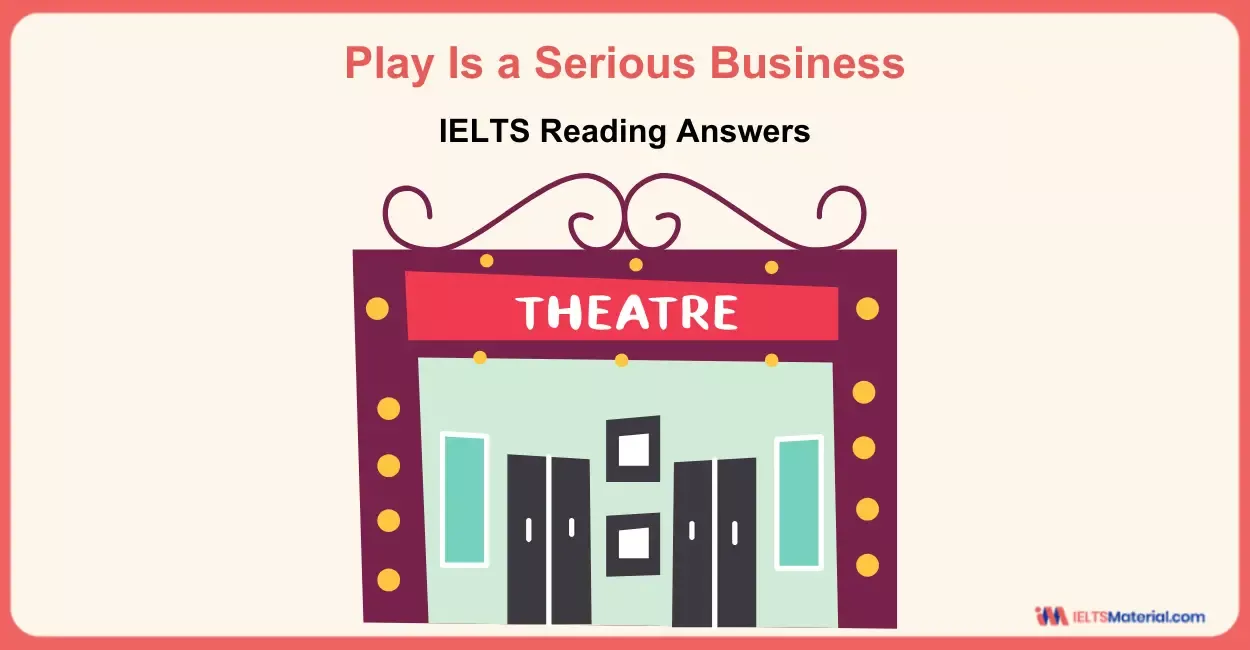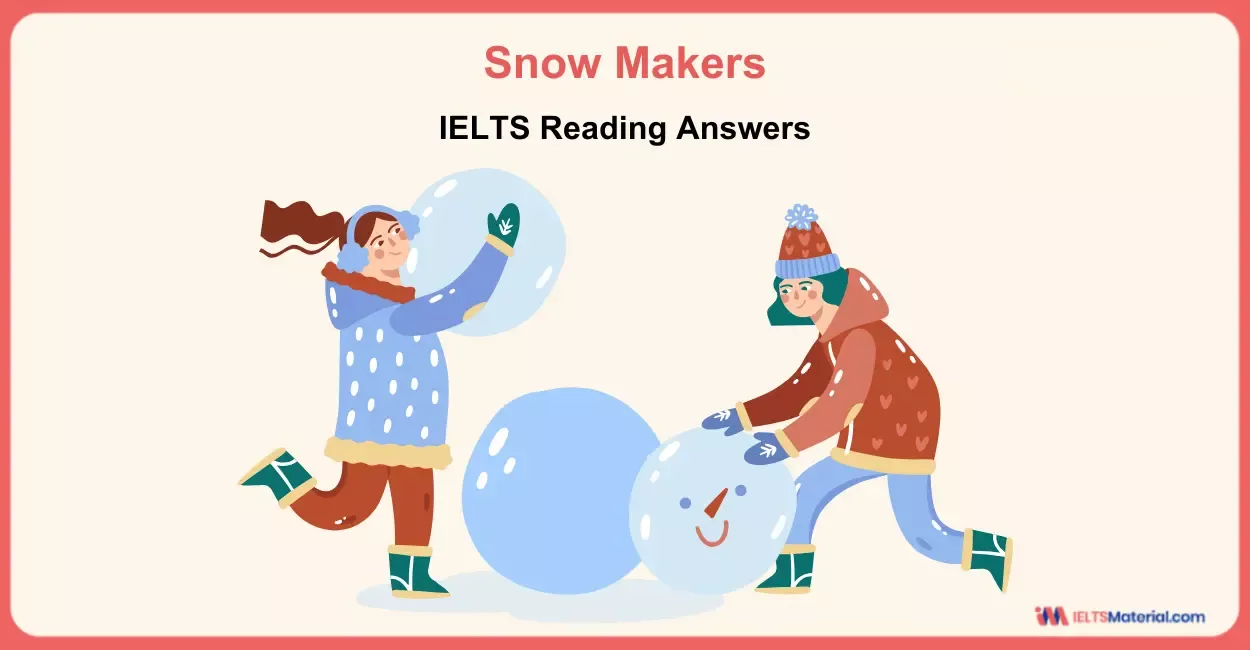Power from The Earth - IELTS Reading Answers
7 min read
Updated On
-
Copy link
Get better IELTS Reading scores by practicing with Power from The Earth IELTS Reading Answers. Be prepared to achieve your desired Band 9 score by learning how to handle different types of IELTS Reading questions, along with answers and explanations.
Table of Contents

Limited-Time Offer : Access a FREE 10-Day IELTS Study Plan!
Even with strong reading skills, anxiety can undermine your performance during the IELTS Reading test. Rushing through passages, second-guessing answers, or blanking out during a timed section often come down to nerves, not ability. The ideal way to deal with this is to practice single reading passages from IELTS Academic Reading test papers with answers, like ‘Power from The Earth IELTS Reading Answers’ and gradually shift to timed practice of full-length tests.
So, in this blog, we will solve Power from The Earth IELTS Reading Answers, provide explanations, locations for the answers, and IELTS Reading tips and techniques to increase your reading speed and help you handle two different types of reading question types given with this passage.
Questions for Power from The Earth Reading Answers
The Academic passage, Power from The Earth Reading Answers, consists of 13 questions, which present two different IELTS Reading question types. So, solving this passage will help you get acquainted with different IELTS Reading question types with examples.
- IELTS Reading Matching Information (Q. 14-19)
- IELTS Reading True/False/Not Given (Q. 20-26)
Learn quick solving tips and reading techniques from experts!
Connect with us through our FREE IELTS online classes!
Passage for Power from The Earth IELTS Reading Answers
Go through the Power from The Earth PDF passage with questions given below to answer the questions. This will improve your focus, accuracy, and reading habits, all vital for a high IELTS band score in the reading module.
Power from the Earth
You should spend about 20 minutes on Questions 14-26, which are based on the Reading Passage below. Find the reading passage with the Power from The Earth PDF here.
Answers and Explanations of Power from The Earth IELTS Reading Passage
Don’t miss the answer key for the Power from The Earth IELTS Reading passage, complete with detailed explanations, and prepare to score a high IELTS Academic Reading score.
14 Answer: E
Question type: Matching Information
Answer location: Paragraph E
Answer explanation: Paragraph E mentions that “the world’s first successful attempt at geothermal power generation was accomplished in Italy in 1904” From this information, we can deduce that this paragraph discusses the history of development of geothermal power. Hence, the correct answer is “E.”
15 Answer: H
Question type: Matching Information
Answer location: Paragraph H
Answer explanation: Paragraph H denotes that “Japan, which is thought to have about 10% of the world’s geothermal resources” From this information, we can infer that it discusses one country (Japan’s) geothermal power. Hence, the correct answer is “H.”
16 Answer: D
Question type: Matching Information
Answer location: Paragraph D
Answer explanation: Paragraph D puts forward the information that “geothermal power can provide a stable supply for electricity unlike other natural energy sources such as solar power and wind power, which both rely heavily on weather conditions.” This line provides information from various sources, and it also compares them. Hence, the correct answer is “D.”
17 Answer: C
Question type: Matching Information
Answer location: Paragraph C
Answer explanation: From paragraph C line, “when water is sent down to the depths of 1 to 3 km, it returns to the surface as steam and is capable of generating electricity.” This line suggests that this paragraph discusses how water steam touches the surface and produces electricity. Hence, the correct answer is “C.”
18 Answer: B
Question type: Matching Information
Answer location: Paragraph B
Answer explanation: The initial lines of paragraph B, “volcanic activity-temperatures exceeding 300 degrees Celsius can be found at depths of a mere 1 to 3 km”, confirms the information conditions which permit access to geothermal power. Hence, the correct answer is “B.”
19 Answer: G
Question type: Matching Information
Answer location: Paragraph G
Answer explanation: The problem of geothermal exploration is discussed in paragraph G. It is mentioned that “a further consideration is the amount of risk (problem) involved in successfully setting up a new geothermal power production facility.” Hence, the correct answer is “G.”
20 Answer: False
Question type: True/False/Not Given
Answer location: Paragraph A
Answer explanation: Paragraph A conveys that “drilling down some 30 or more kilometres is simply too costly with today’s technology.” Since the line provides the information that they are drilling down some 30 or more kilometres, it means accessing the geothermal energy greater than 3 km is possible. As the information contradicts the statements, the correct answer is “FALSE.”
21 Answer: False
Question type: True/False/Not Given
Answer location: Paragraph C
Answer explanation: In paragraph C the author states that “electricity generated in this manner hardly produces any carbon dioxide or other waste materials.” As the electricity hardly produces any waste material, it signifies that geothermal power does not produce any products that can damage the environment. As the information contradicts the statements, the correct answer is “FALSE.”
22 Answer: Not Given
Question type: True/False/Not Given
Answer location: N.A.
Answer explanation: None of the paragraph provides any detail about the money raised for research by the World Geothermal Congress. Hence, the correct answer is “NOT GIVEN.”
23 Answer: True
Question type: True/False/Not Given
Answer location: Paragraph F
Answer explanation: There is a line in paragraph F, “the cost is still high when compared to today’s most common sources,” which confirms that Geothermal energy is still relatively expensive to generate. As the information agrees with the statement, the correct answer is “TRUE.”
24 Answer: True
Question type: True/False/Not Given
Answer location: Paragraph G
Answer explanation: Paragraph G puts forward the idea that “it is not uncommon for a project to encompass ten years from its planning stage to the start of operations.” Since the decade is ten years, it helps us identify that it can take a decade to develop a single geothermal power station. As the information agrees with the statement, the correct answer is “TRUE.”
25 Answer: False
Question type: True/False/Not Given
Answer location: Paragraph H
Answer explanation: Paragraph H states that “this figure, though impressive, accounts for a mere 0.4% of Japan’s total generation of electricity.” Therefore, Japan is capable of generating 0.4% of energy, not one-quarter of its energy. As the information contradicts the statement, the correct answer is “FALSE.”
26 Answer: Not Given
Question type: True/False/Not Given
Answer location: N.A.
Answer explanation: None of the paragraphs state that the future of geothermal energy depends upon the decline of fossil fuel resources. Hence, the correct answer is “NOT GIVEN.”
Master Academic Reading with our IELTS Reading test guide for high scores on the module!
Tips to Solve the Question Types in Power from the Earth IELTS Reading Answers
Since you have calculated your score from the Power from the Earth answer keys, let us look at some quick IELTS exam preparation tips for band score of 8+ for each question type to boost your IELTS preparation.
Matching Information:
You will be given a list of three to six statements in this type of question, and you will need to match the information in each statement to the corresponding information in a paragraph in the reading passage.
- Read the instructions followed by the list of statements – You will get an idea of the main idea of each statement. Also, figure out the keywords from each statement.
- Scan and skim through the passage – Use these IELTS Reading reading techniques to go through the text and find out which paragraph or section contains the relevant information of the statements.
- One paragraph will contain information given in a statement – While one statement corresponds to one passage, some passages may not have any answer. Remember this to avoid repetition or wasting your time.
- Identify the answer – Once you identify the keywords and find out the corresponding paragraph that contains the information, follow this process for the others.
True/False/Not Given
In IELTS Reading, ‘True, False, Not Given’ questions are based on facts. Several factual statements will be provided to you, and it is up to you to determine whether or not they are accurate by reading the text. To answer this type of question, you can use the following IELTS Reading tips and techniques to increase your reading speed:
- Read the question and identify the keywords – Before reading the material, have a look at your list of True, False, and Not Given questions.
- Scan the passage for synonyms or paraphrased words of the keywords – When you have highlighted the keywords, swiftly read the text to look for paraphrases or synonyms.
- Match the highlighted words in the questions with their synonyms in the text – Once you find both sets of keywords, cross-check them to find the answer.
- Identify the answer – If the facts match, the answer is TRUE, and in case it doesn’t match, it is FALSE. If you are unable to find the answer or unsure of it, mark it NOT GIVEN.
In conclusion, regular practice with various IELTS Reading topics for General and Academic, like Power from The Earth IELTS Reading Answers, increases your reading speed, helps you become more accustomed to the types of questions, and improves your ability to find important information, all of which are critical for receiving a high band score.
Useful Links:
- Alternative Energy Sources - IELTS Reading Answers
- The Dams That Changed Australia IELTS Reading Answers
- The Brain And Intelligence Answers
- Venus In Transit Reading Answers
- How to Ace IELTS Reading with 'Keyword Technique'
- 101 IELTS Academic Reading Past Test Papers with Answers PDF Download
- IELTS Reading Recent Actual Tests 2025
Practice IELTS Reading based on question types

Start Preparing for IELTS: Get Your 10-Day Study Plan Today!
Explore other Reading Practice Tests

Kasturika Samanta

Nehasri Ravishenbagam

Nehasri Ravishenbagam

Kasturika Samanta
Recent Articles

Nehasri Ravishenbagam

Haniya Yashfeen

Haniya Yashfeen

Haniya Yashfeen




Post your Comments
1 Comment